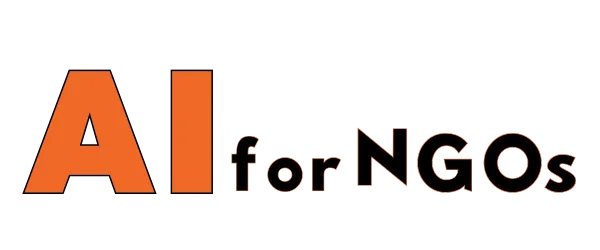Artificial Intelligence (AI) has the potential to revolutionize the way non-profit organizations operate and deliver services. By harnessing the power of AI technology, non-profits can increase efficiency, improve decision-making, and ultimately have a greater impact on their communities.
Benefits of AI in Non-Profit Organizations
One of the key benefits of AI technology in non-profits is its ability to streamline processes and automate tasks. This can free up valuable time and resources, allowing organizations to focus on their core mission and goals. AI can also help non-profits make more informed decisions by analyzing data and providing insights that would be difficult to obtain manually.
AI technology can also improve the efficiency of fundraising efforts. By analyzing donor data and behavior, non-proprofits can target their campaigns more effectively and increase donations. AI can also help non-profits identify new funding opportunities and sources.
Challenges of Implementing AI in Non-Profit Organizations
While AI technology offers many benefits, there are also challenges to implementing it in non-profit organizations. One of the main challenges is the cost of implementing AI systems and the need for specialized expertise to develop and maintain them. Non-profits may also face resistance to change from staff and stakeholders who are unfamiliar with AI technology.
Another challenge is ensuring that AI systems are ethical and do not perpetuate biases or discrimination. Non-profit organizations must carefully consider the implications of using AI technology and ensure that it aligns with their values and mission.
Case Studies
There are many examples of non-profit organizations successfully harnessing AI technology for greater social good. One example is charity: water, which uses AI to analyze data on water availability and quality in developing countries. This information helps the organization target its efforts more effectively and provide clean water to those in need.
Another example is the American Red Cross, which uses AI technology to predict and respond to natural disasters. By analyzing data on weather patterns and social media trends, the organization can identify areas at risk and mobilize resources more quickly.
Conclusion
AI technology has the potential to transform non-profit organizations and empower them to have a greater impact on society. By harnessing the power of AI, non-profits can improve efficiency, increase fundraising efforts, and make more informed decisions. While there are challenges to implementing AI technology, the benefits far outweigh the costs. Non-profits that embrace AI technology will be better positioned to achieve their goals and drive positive change in their communities.
FAQs
Q: What are some examples of AI applications in non-profit organizations?
A: Some examples include using AI to analyze donor data for targeted fundraising campaigns, predict and respond to natural disasters, and track progress towards organizational goals.
Q: How can non-profits overcome the challenges of implementing AI technology?
A: Non-profits can overcome challenges by investing in training and education for staff, partnering with tech organizations for support, and ensuring that AI systems align with their values and mission.
Q: What are the ethical considerations of using AI in non-profit organizations?
A: Ethical considerations include ensuring that AI systems are transparent, fair, and do not perpetuate biases or discrimination. Non-profits must carefully consider the implications of using AI technology and prioritize ethical decision-making.









